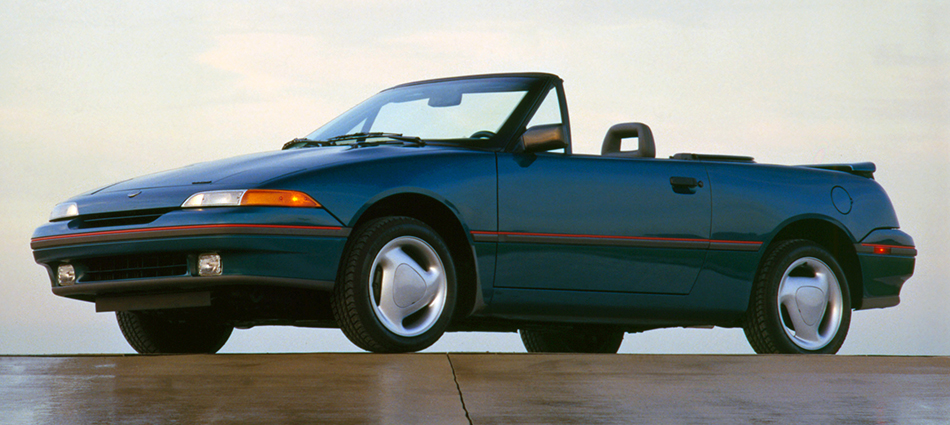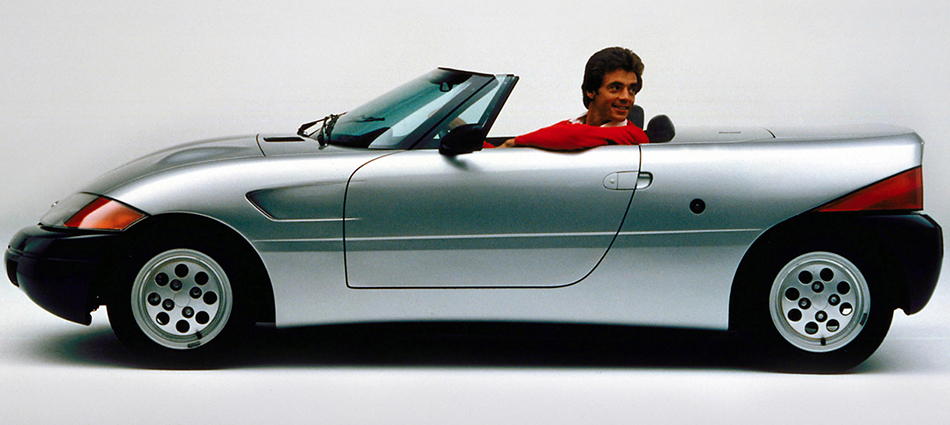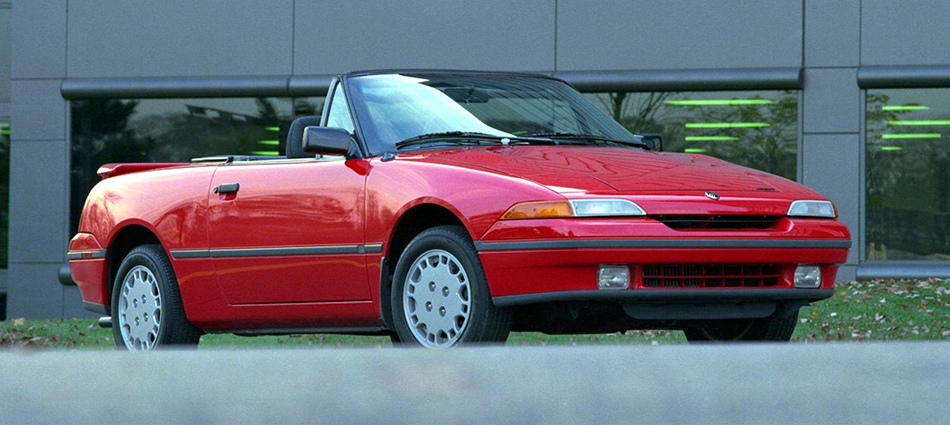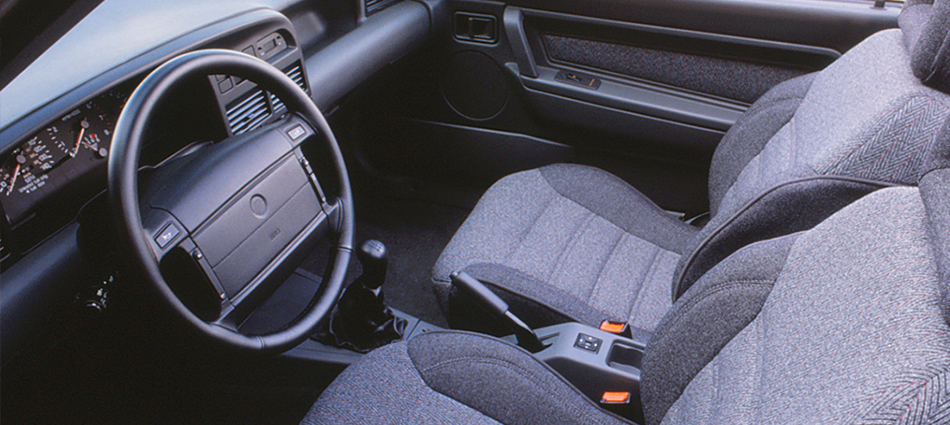The Thinker's Garage Pondering Automotive History, Design and Culture

Capri – The beginning of the end for Ford Australia?
Much has been made recently of the seeming demise of Australian volume car manufacturing, with Ford and Holden leaving and a Toyota decision due in a few months. While many column inches have been devoted to the current product being offered by these companies, it’s also interesting to look back at some of the missteps which put our industry’s back to the wall. One such faux pas was a product which became one of the earliest nails in the coffin of Ford Australia and dates back to the late 1980s, the SA30 Ford Capri.
In the 1980s, Ford Australia was looking to take on an export project in order to broaden itself and strengthen its position on the world’s stage. Funding was secured for a small convertible with a view to North American exports and the project went ahead. The design of the new car, codenamed SA30, was styled by Ghia, having evolved from their 1983 Barchetta concept. Ironically, as it would transpire, the mechanicals were borrowed from the Mazda 323 of the era.
1983 Ghia Ford Barchetta Concept
The new car hit the Australian market in 1989 as the Ford Capri, and US sales followed in 1990 with the car branded the Mercury Capri. It had four seats (although the rears were very small), and two Mazda sourced 1.6 litre engines were offered. Launch reviews were mixed, and some influential publications including Consumer Reports published negative articles. Although initial sales were strong, these reviews, combined with reports of some quality niggles, including water leaks, affected the car’s success. 1991’s sales target was 30,000 vehicles, in reality, only 21,000 were sold. The car also faced stiff competition from Mazda’s MX-5/Miata, which, while not having back seats, did have a better, rear-wheel-drive chassis, a better reputation for quality and a stronger dealer network.
Mercury Capri
Sales declined after the initial launch too – by 1992, Ford Australia had to cut shifts at its Broadmeadows plant to adjust to reduced demand. Despite a number of special editions, a mild facelift, and the commencement of sales in some Asian markets to bolster demand, Capri orders continued to decline. Just over 66,000 had been built when production stopped in 1994 – well short of the figures expected.
Mercury Capri Interior
The combination of the Capri’s failure to achieve sales success, well publicised quality issues in the EA Falcon, and global financial conditions saw Ford Australia move from profitability to loss-making, and no replacement went ahead for the Capri, signalling the end for the local arm’s last major export program. By 1996, Ford America had commenced imports of the Taurus large car, a step many viewed as the first toe in the water by the company on a program that would eventually see the Falcon replaced and Australian manufacturing cease. More than 15 years later, this is indeed the reality we are facing. Interestingly enough, 25 years from the Capri’s launch, it still has a cult following both in Australia and the USA. Sadly though, as many companies have discovered, relying on a cult following often does not often make financial sense.
January 20, 2014 | Filed under Opinion and tagged with Australia, Barchetta, Capri, Ford, Ghia, Mercury.
Tags: Australia, Barchetta, Capri, Ford, Ghia, Mercury
Powered by WordPress using the F8 Lite Theme
subscribe to posts or subscribe to comments
All content © 2025 by The Thinker's Garage
Log in


